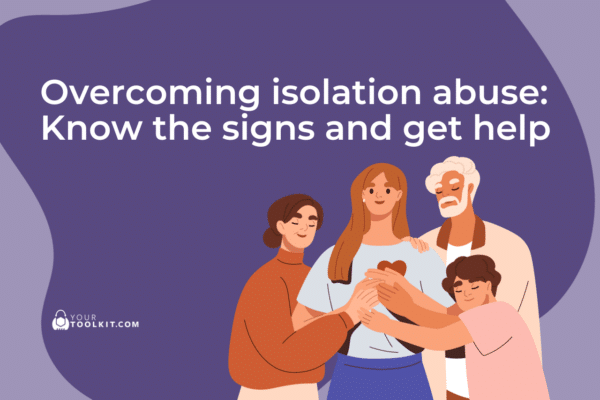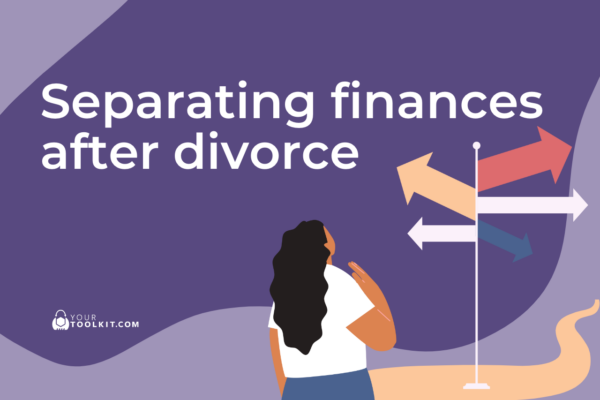In a workplace where gender equality exists employees can access the same rewards, resources and opportunities regardless of gender. A diverse and inclusive workforce results in greater employee engagement, job satisfaction and increased production.
In this guide, we’re sharing four tips to help achieve gender equality:
- Creating accountable gender equity policies
- Promoting flexible working options for staff
- Ensuring that there are women in positions of leadership
- Challenging gender-based recruitment practices.
Providing equal opportunities at work is crucial to strengthening women’s independence.
4 Human resources tips to achieve equality at work
Even though women make up over half of Australia’s workforce, less than 20% of CEOs are female (Workplace Gender Equality Agency, 2022). The ‘gender pay gap’ means women are paid less and offered fewer promotional opportunities, even in female-dominated industries (DPMC, 2023). Sexual harassment and gender-based violence also threaten women’s safety at work. Here is how organisations can address this:
Create an accountable gender equality policy
Gender equality policies create a minimum standard of professional conduct for the workplace. They promote fairness and equality and provide transparency around an organisation’s values.
A gender equity policy should include an audit of the current status quo, outlining any key issues that need to be addressed in the organisation. This policy should also include the following:
- Feedback from employees, managers, and stakeholders on the key issues that need to be addressed in the organisation
- Clear and achievable equity goals and targets
- The use of plain language so that the policy can be easily accessed by all employees
- The policy and progress on set goals should be shared
The policy should be shared with employees through regular training that provides opportunities for feedback and for updating it as changes occur in the organisation.
Promote flexible working
Women are more often required to manage family and domestic responsibilities. Workplaces experience better attendance rates and productivity by staff when they can provide:
- Flexible start and finish times
- Working-from-home arrangements
- Free or low-cost childcare
- Job sharing for full-time roles to two part-time positions
Have women in leadership positions
Organisations with gender-balanced leadership teams tend to have higher profits and longer-term value (Forbes, 2020).
When women see other women in leadership, they are more likely to feel engaged, which can lead to higher employee retention.
Challenge gender-based recruitment
Gender-based recruitment occurs when one gender is disadvantaged during the recruitment process. Organisations can challenge gender bias recruitment by:
- Using gender-neutral terms in job advertisements, avoiding phrases such as ‘Salesman’ or ‘Waitress’
- Using many recruitment channels to reach a diverse pool of candidates
- Removing details that could identify applicants’ gender during resume screening
- Asking gender-neutral questions in interviews
- Acknowledging that women may be less likely to negotiate salary, and therefore, setting a salary expectation and ensuring that skillset is the only adjusting factor












